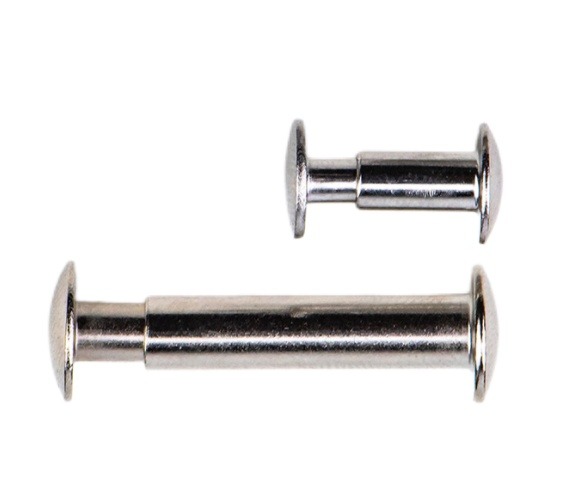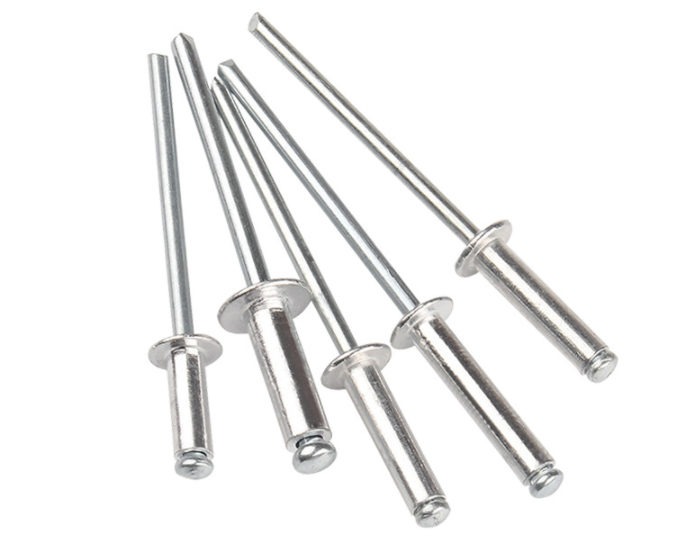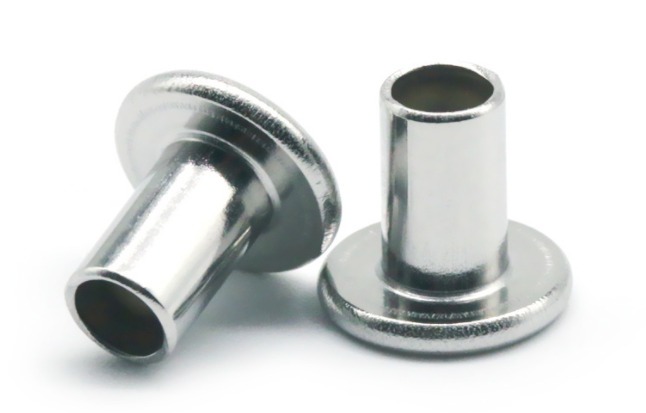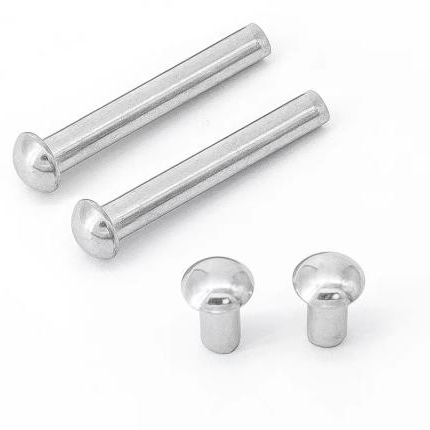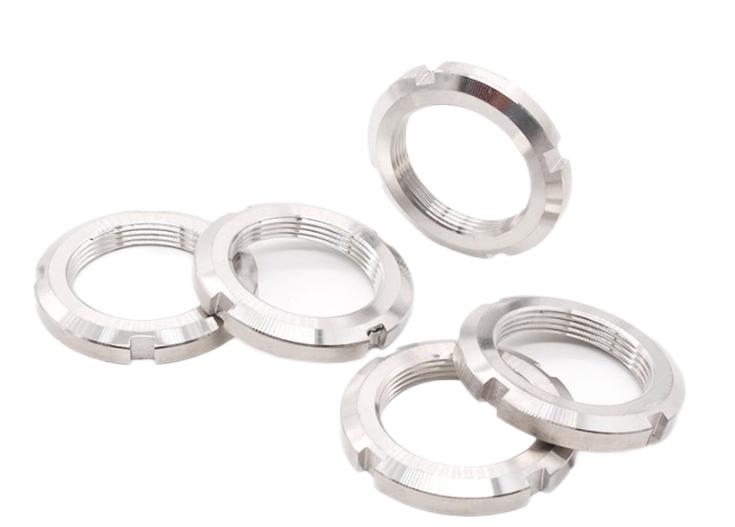Why are Rivets Used on Airplanes Instead of Welding?
Fasteners are widely used in the aviation field. Aircraft wings are generally thin, but very tough. If we look at the plane up close, we can see that there are many rivets on the envelope of the plane.
It is said that there are millions of rivets on a plane. So, why don’t the aircraft simply choose the convenient welding process, but choose this seemingly troublesome rivet process that requires millions of nails?
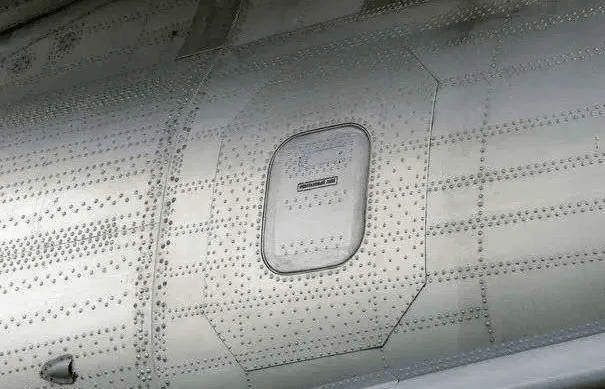
1. Welding is difficult.
To reduce aircraft weight, engineers use the lightest possible materials in aircraft construction. Aircraft envelopes are generally made very thin. For envelopes that are too thin, it is very difficult to weld them together. Moreover, the composite material of the envelope is more susceptible to damage by welding, and the interconnection of different materials must be fixed by physical means. Therefore, it is better to use rivets.
2. The material to be welded will generate a lot of heat during flight and welding, and it is not suitable for use in aircraft.
When an aircraft is flying at high speed, a lot of heat is generated on the surface. And because the temperature of the flight environment changes greatly, this phenomenon of thermal expansion and contraction will greatly affect the quality of solder joints.
Some aircraft fuselage is made of aluminum material, which has poor heat resistance. The welding process generates a lot of heat during welding, which means that the welding process is not suitable for aircraft with the aluminum fuselage.
3. The aircraft is in a resonance environment for a long time.
Because the aircraft is in a resonance environment for a long time when flying. If welding is used, it is easy to break.
4. Rivets are more stable than welding.
(1) There are many disadvantages of welding. Thin or thick welding may have an impact on the aircraft.
(2) Rivets make the aircraft safer, and rivets also play a role in reducing resistance in flight.
(3) The use of rivets can greatly reduce costs.
(4) Rivets are more environmentally friendly than welding.
(5) During the flight of the aircraft, if the turbulence is serious, the wings of the aircraft will swing up and down greatly. During the swing, the envelope of the wing is stretched or squeezed. If the welding process is used, the strength of the weld will be significantly reduced under repeated stress changes. Over time, these welding places are likely to produce some small cracks. After a long time, the weld is prone to metal fatigue problems.
The rivet connection can reduce the vibration transmission between the joints, thereby reducing the risk of shock cracking. For such repeated stress changes, the firmness is better and more reliable.
5. Riveting facilitates unified standard and quantitative production.
The welding quality largely depends on the skill of the operator, and the randomness of the welding thickness is relatively large. It is still difficult to develop uniform standards.
The parameters of the rivets used in the riveting process have very small errors, and it is easy to carry out quality control and standardized production. The machining accuracy of rivets is controlled at the micron level.
6. Rivets will reduce the aerodynamic drag of the aircraft during flight.
Rivets do not increase aerodynamic drag but decrease it. Because the rivets used in the aerospace manufacturing field are mainly convex and countersunk rivets. In the interior of the aircraft, since there is no requirement for aerodynamic shape, the convex head rivets with low cost and easy processing are mainly used. Countersunk rivets are mainly used for the exterior part of the aircraft, which can effectively reduce the drag of the aircraft. There are strict requirements on the tolerances of the nail cap and nearby structures during the machining process.
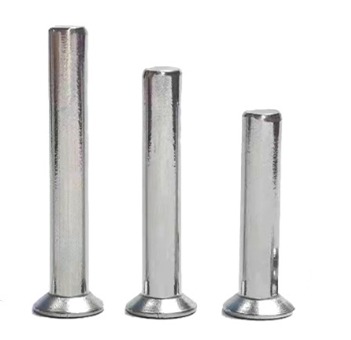
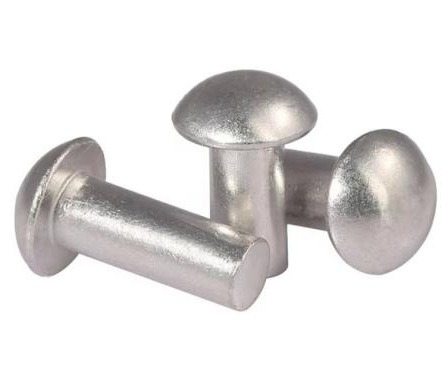
This application has brought remarkable results. According to the relevant data from World War II, after the use of countersunk rivets, the resistance of the aircraft can be reduced by about 3%.
KENENG is a fastener manufacturer, which can provide various fasteners such as screws, nuts, bolts, rivets, washers, etc. We can provide a large stock of stock or customized products in standard models with excellent cost performance. We hope you can contact us for product quotations at any time.

